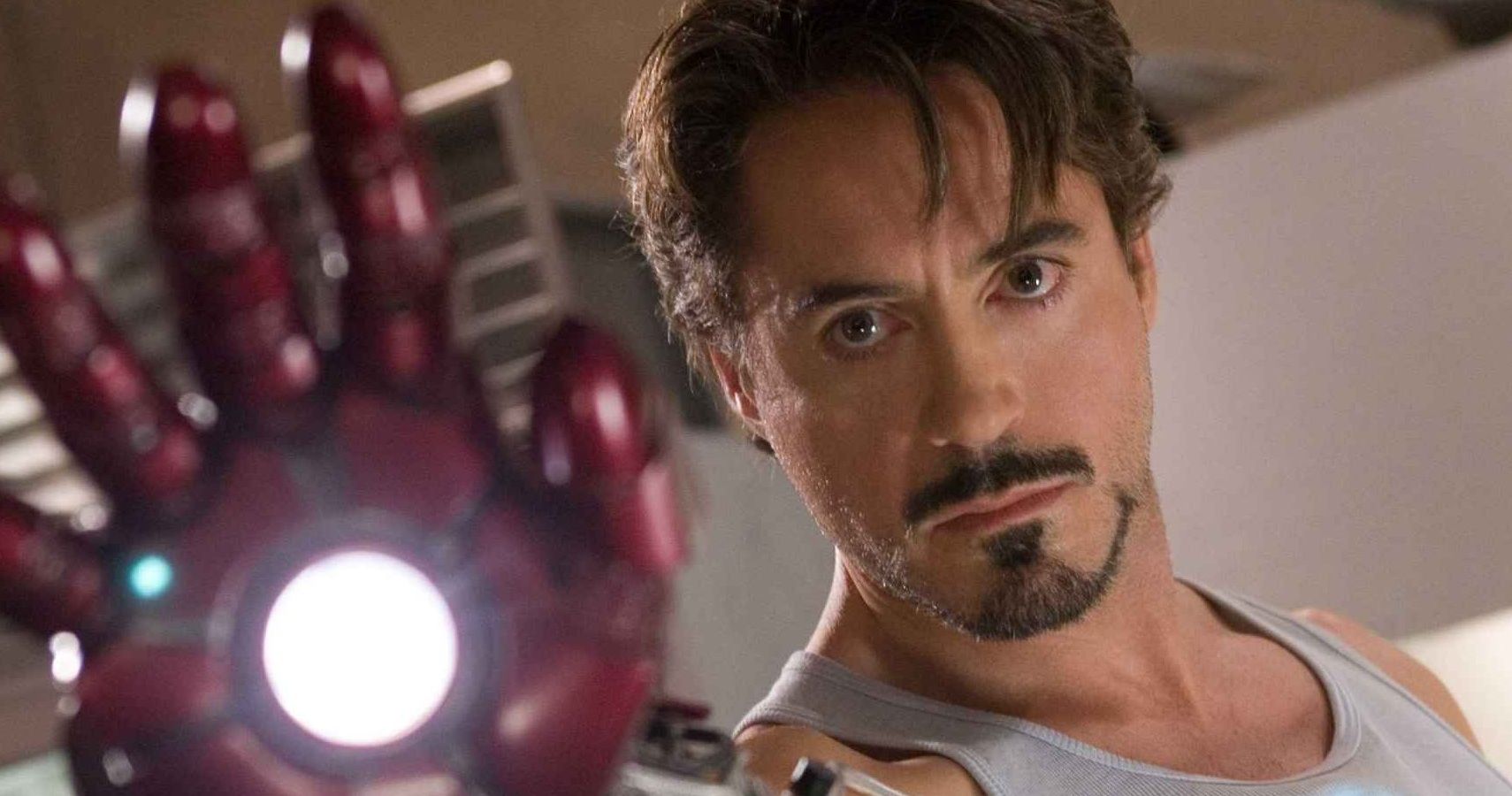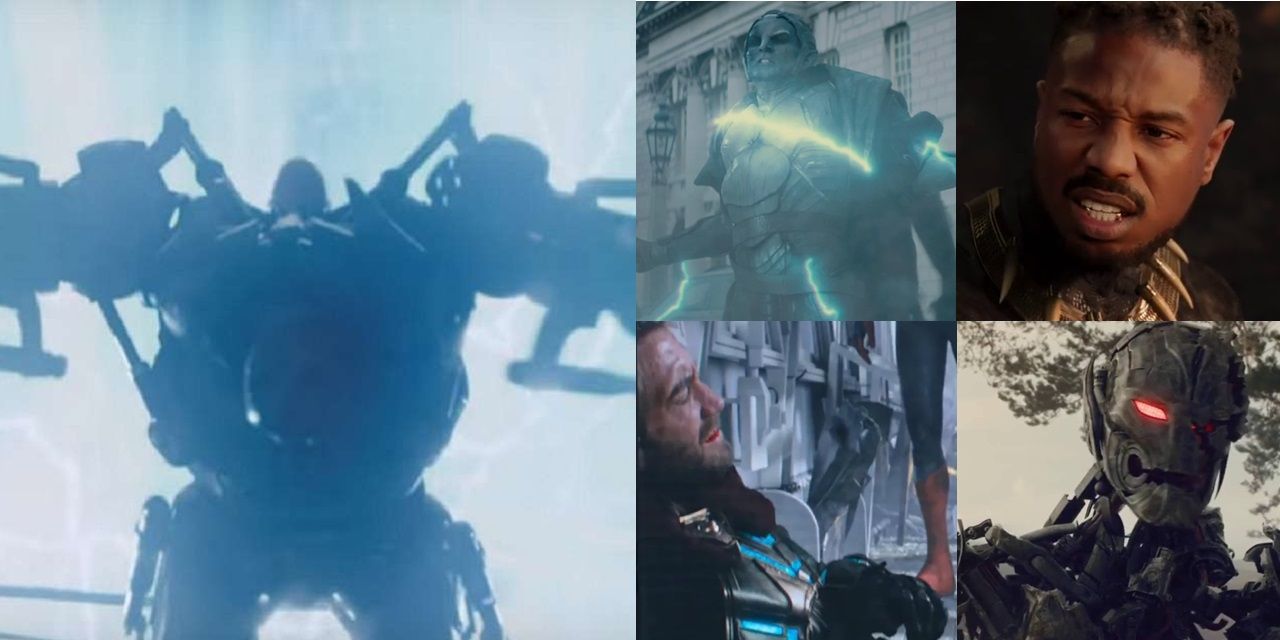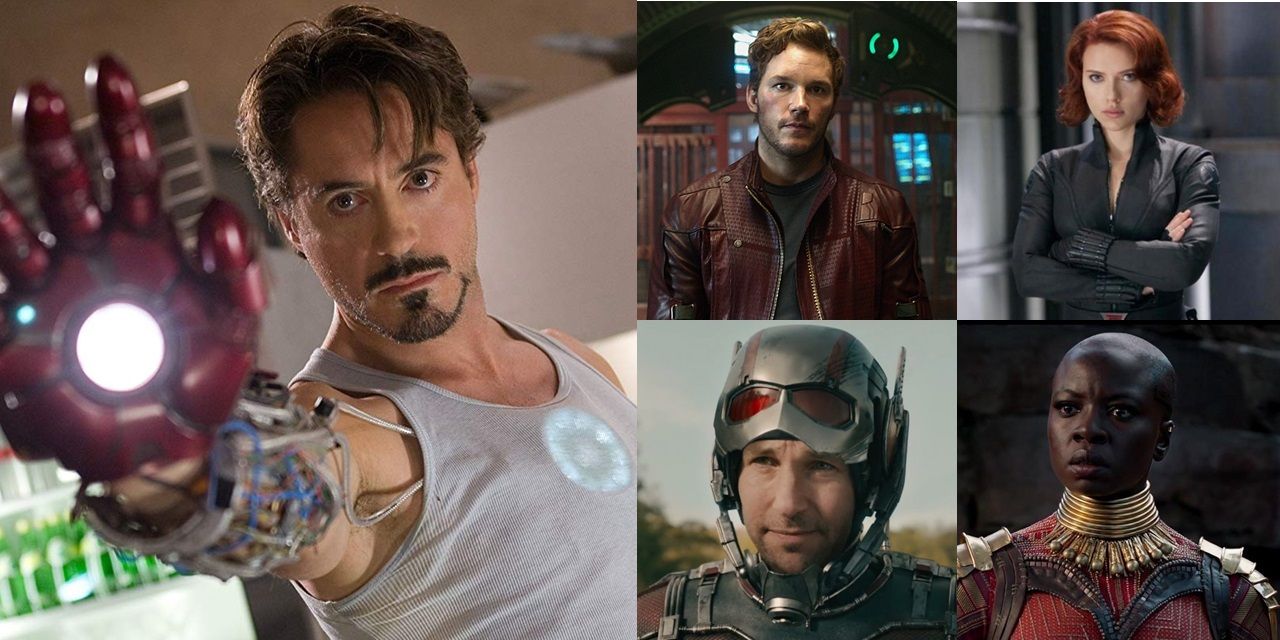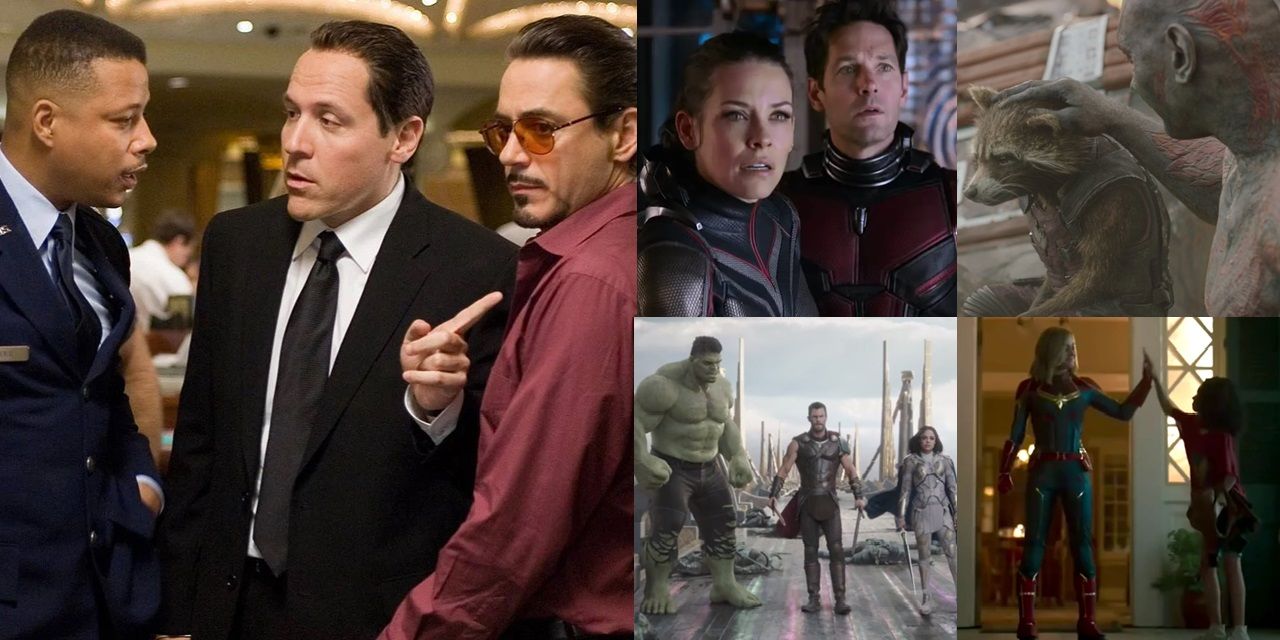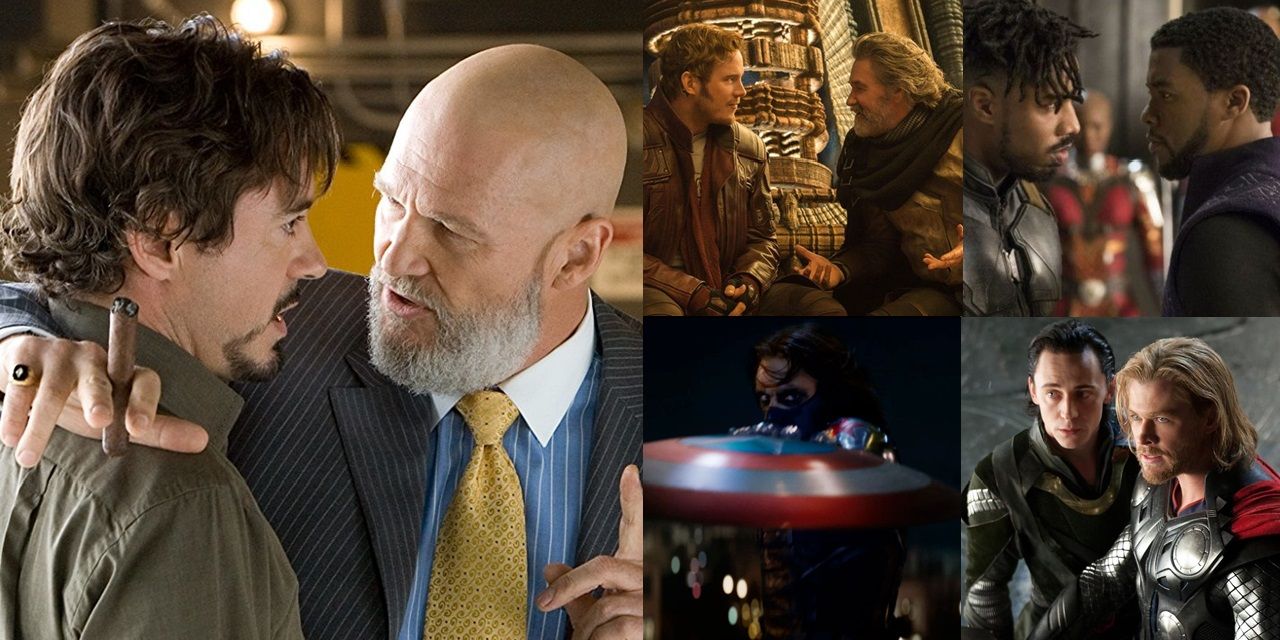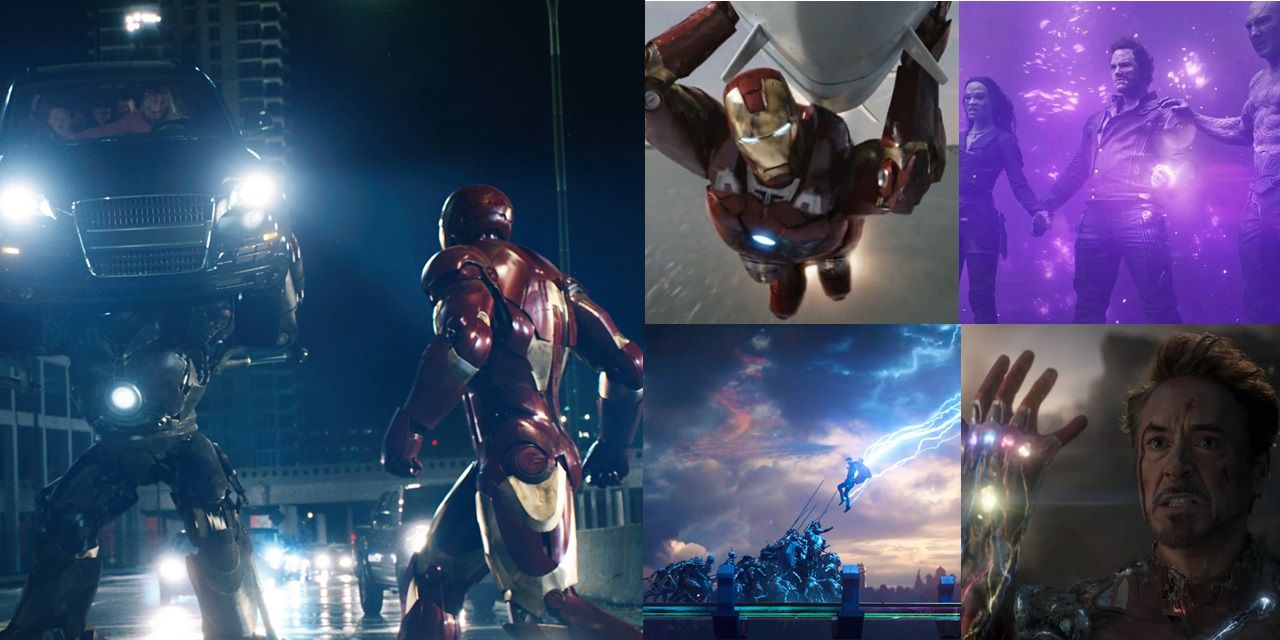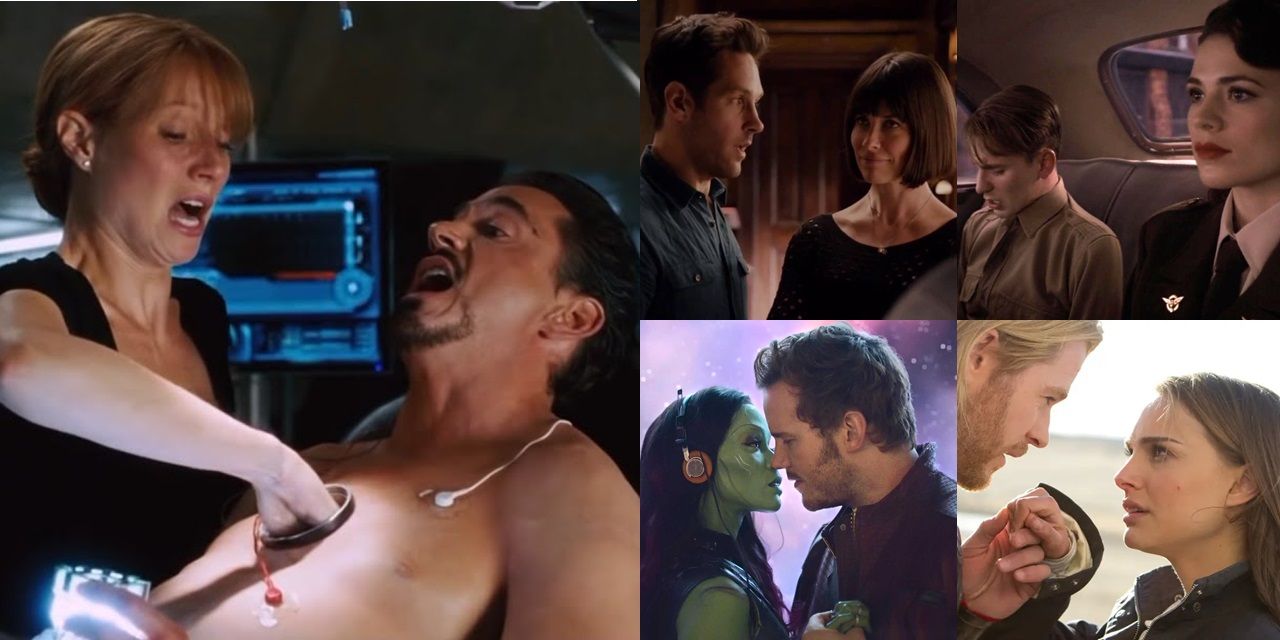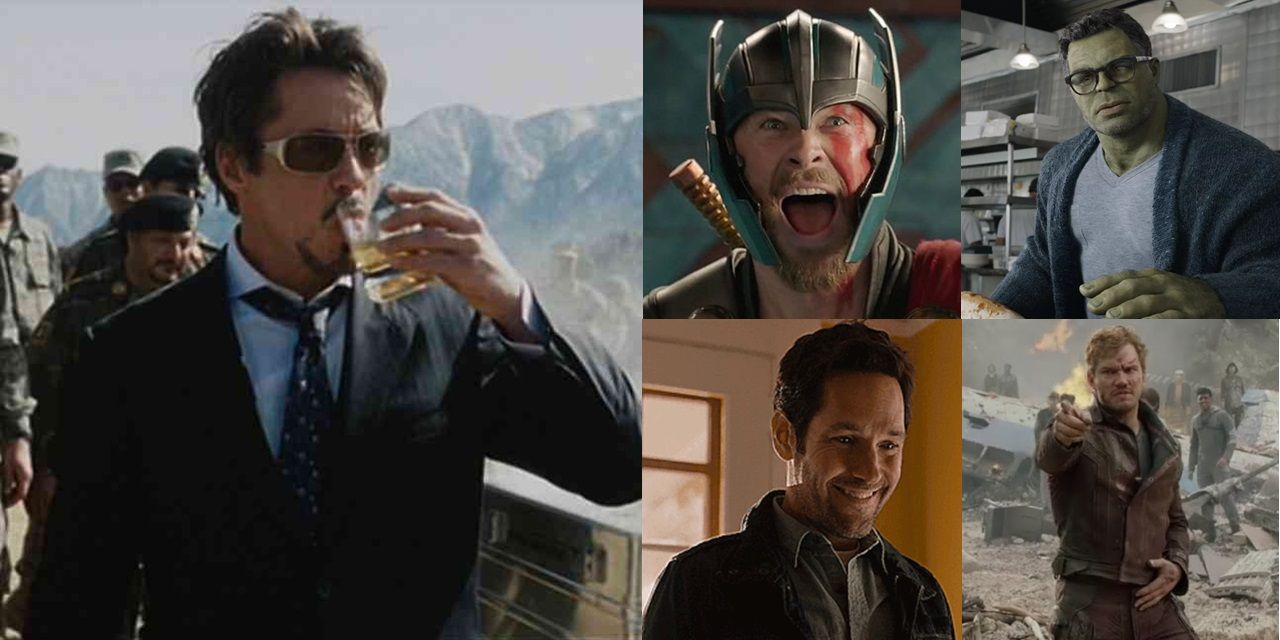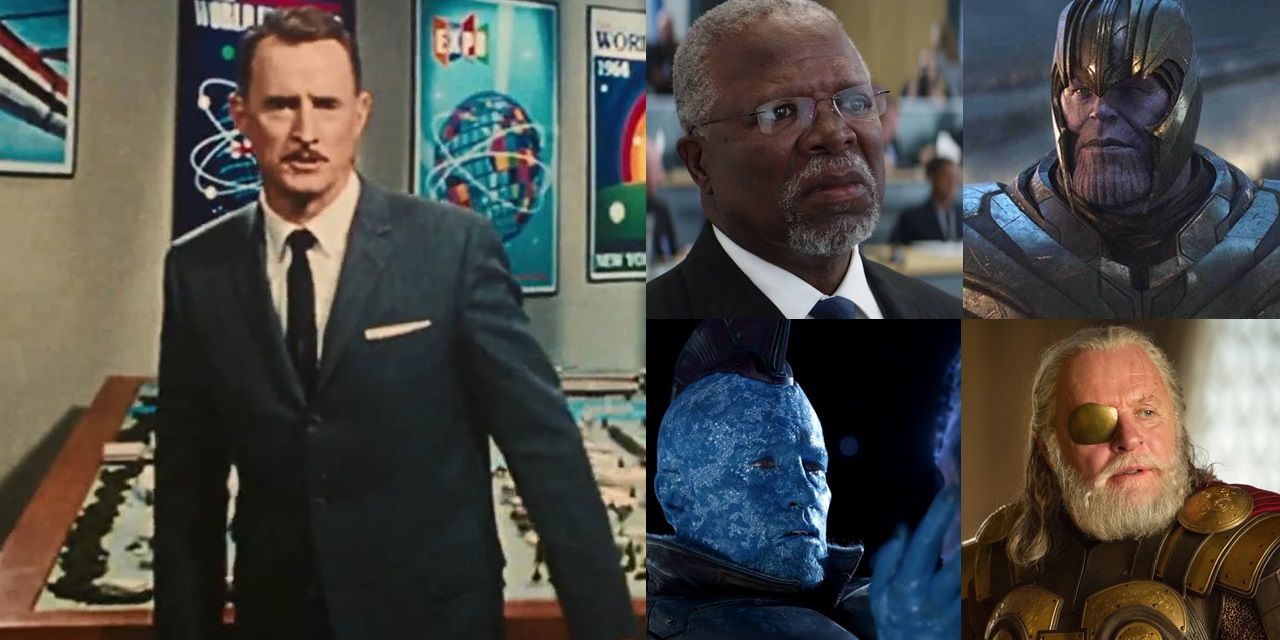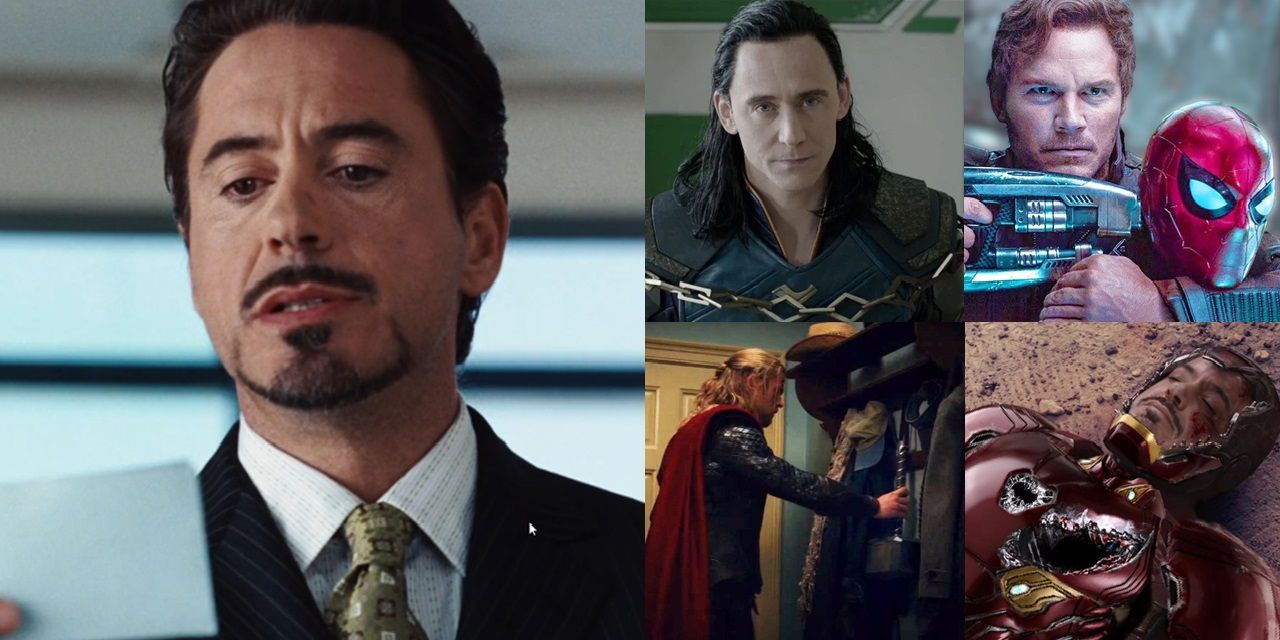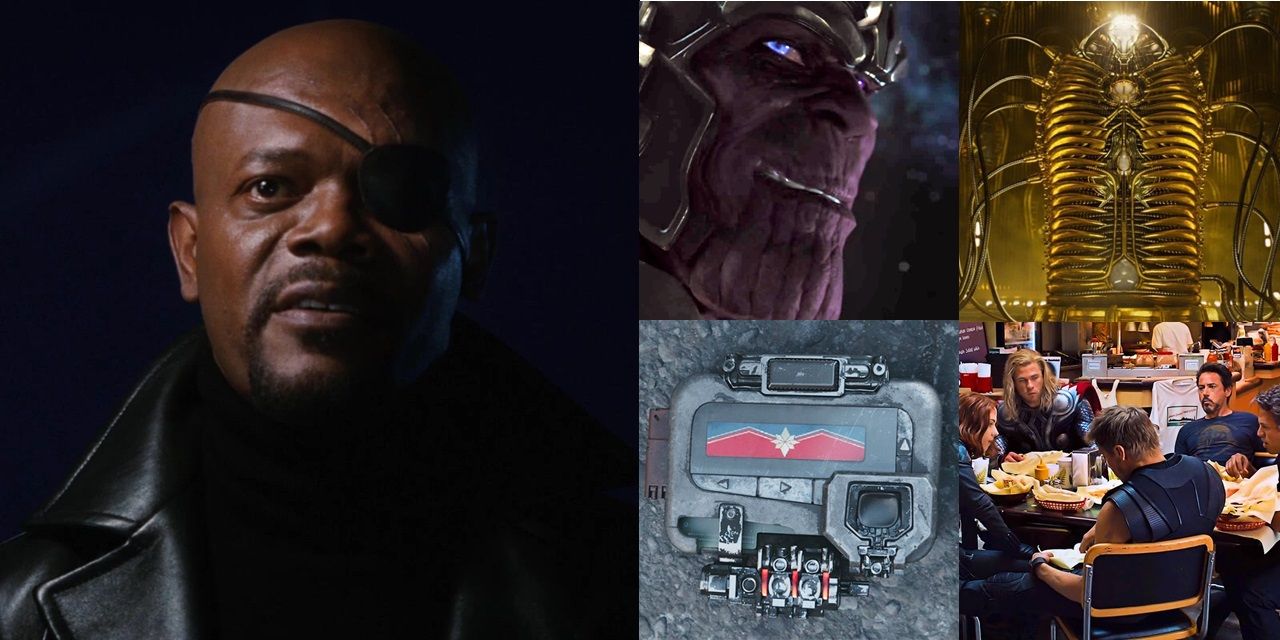In 2008, Jon Favreau’s Iron Man landed in theaters. It wasn’t the comic book movie event of the year — that distinction goes to Christopher Nolan’s The Dark Knight — but it was a close second. Through sequels, crossovers, and “Phases,” Iron Man has grown into the Marvel Cinematic Universe, the biggest movie franchise in film history. The influence on future MCU movies can be seen clear as day in Iron Man. It’s clear that Marvel has kept what worked in Iron Man close to heart when developing subsequent movies. Here are the 10 Most Important Ways Iron Man Influenced The Rest Of The MCU Movies.
The villain dies at the end
One of the most common criticisms levied against the MCU is that its villains aren’t nearly as thoroughly developed as its heroes. This can be attributed to heroes like Tony Stark and Steve Rogers getting multi-movie arcs, totaling several hours of screen time (and story threads), whereas most villains are killed by the end of their first movie. There are exceptions to this, like Thanos and Loki, but these tend to stand out as the franchise’s best villains, cementing the thesis that multi-movie arcs can be used to further a villain’s character development in the MCU. Obadiah Stane restricted most MCU villains to one-and-done appearances with his death.
Outside-the-box casting
There have been many rumors revolving around who was considered for the role of Tony Stark. Tom Cruise insists he wasn’t as close to getting the role as the media has speculated, but he would’ve been a safer bet in 2008 than Robert Downey, Jr., who was considered to be more of a risk. Looking back, there was no one more suited for the role of Stark than Downey. The MCU’s casting genius Sarah Finn has kept the notion of outside-the-box casting in mind for future movies, like casting Chris Pratt as Peter Quill, or Paul Rudd as Scott Lang.
The hero is surrounded by a surrogate family
Very few MCU heroes are surrounded by their biological families — rather, there’s a focus on loving the family that isolated people find in other people. Obadiah Stane is a father figure to Tony Stark, James Rhodes is like a brother to him, he has a friendly relationship with his bodyguard, Happy Hogan — no one in Tony’s life is technically related to him, but they are his family. The Guardians of the Galaxy are each other’s only family; Scott Lang screwed up his first attempt at family life, but he’s found a new purpose with Hank and Hope and made amends with his ex-wife; Stephen Strange is magically endeared to his fellow Masters of the Mystic Arts, particularly Wong.
The villain is an evil reflection of the hero
To be fair, writing theory teaches that this is the best way to create a compelling villain, so it’s not as much a way that Iron Man influenced the MCU as it is a way that structural ideas influenced storytelling, but it’s prevalent nevertheless. Obadiah Stane represents the tyrannical evil genius who could take Howard Stark’s company and use it to dominate the military-industrial complex by funding terrorist organizations.
Tony Stark wants to use his father’s company for good, by using its resources for more ethical purposes. Loki is the “black sheep” of the Asgardian royal family, while Thor is Odin’s biological heir and the center of attention. Red Skull wants to use a super-soldier serum to win World War II for the Axis powers, while Steve Rogers wants to use one to win it for the Allies.
Everything’s at stake in the third-act showdown with the villain
The MCU is often criticized for its predictable third-act battles, but they’re not predictable merely because we know there’s going to be a big battle in the third act in which the heroes triumph, although that is the expectation. The actual beats of the action can be predicted. The battles all follow pretty traditional structures. The hero, or heroes, hold their own against the villain, or villains, before the villain starts winning (Ego gains power, Dormammu arrives), everything is suddenly at stake (Yellowjacket takes Cassie hostage, the Helicarriers are in the sky), and the hero makes a snap decision to risk everything to defeat the villain (Tony sacrifices himself to use the Infinity Stones). In Iron Man, these beats are followed to a T, setting the stage for future third-act battles.
The love interest has to “fix” the hero
Iron Man introduced the idea of a flawed protagonist (Tony Stark, the chauvinistic, carefree, booze-soaked, ultra-privileged billionaire) and their romantic interest (Pepper Potts, who gets no credit for basically running Tony’s company while he drinks and gambles) who has to “fix” them. Gamora won’t date Peter Quill until he grows up. Rachel McAdams’ Christine Palmer is remaining friends with Stephen Strange until he’s less of a jerk and then they can rekindle their faded romance. Black Panther nicely subverted this, presenting T’Challa’s ex Nakia (Lupita Nyong’o) as a supportive friend and not a “reward” for the hero for defeating the villain.
The hero is a man-child
The most common protagonist in the MCU is the man-child who needs to grow up. Tony Stark is selfish, lazy and entitled, and he needs to learn to respect other people and take responsibility for his actions. This was carried over into many subsequent MCU protagonists: Thor, who is 1,500 years old with the emotional intelligence of a teenager; Peter Quill, who was abducted by aliens at the age of eight and is still an ‘80s kid at heart, with a Walkman and a snarky attitude; and Scott Lang, who undercuts every dramatic moment with a joke to deflect his true emotions.
Daddy issues
All throughout Iron Man, Tony Stark is haunted by his father’s legacy. He’s also shocked to discover that his father figure, Obadiah Stane, wants to take over his company and use it to fund terrorism, and even paid terrorists to kill him. Daddy issues would become a huge recurring theme in the MCU.
Spider-Man’s villains have all been dark paternal figures, Gamora and Nebula have a messed-up relationship with their adoptive father Thanos, Peter Quill’s biological father was a genocidal planet who killed his mother, and Thor has many unresolved issues with Odin (“You are an old man and a fool!”).
Quippy, semi-improvised dialogue
Jon Favreau and his team began shooting Iron Man without a complete script. They took the story scene by scene, beat by beat, and allowed the actors the freedom to improvise lines. Robert Downey, Jr. led the charge, ad-libbing such iconic moments as the final “I am Iron Man” sting. He embodied Tony Stark and started snapping quips at all his co-stars. This has led the “sarcastic quip” to become the MCU’s most heavily-used formula for dialogue. This was cemented when Joss Whedon — the master of quippy dialogue between many distinctive characters — was hired to write and direct The Avengers. Marvel has also encouraged more improvisation in later films, particularly in Thor: Ragnarok, Ant-Man, and Guardians of the Galaxy.
Post-credits scenes setting up the next movie
The mid-credits and post-credits scenes are the cornerstone of the MCU. The franchise has utilized them beautifully to tease future events and crossovers. Iron Man’s post-credits scene is the ultimate example, with Samuel L. Jackson’s Nick Fury delivering a meta monologue to Marvel fans in the audience: “Mr. Stark, you’ve become part of a bigger universe...I’m here to talk to you about the Avenger Initiative.” All of a sudden, comic book readers across the world got excited to see Earth’s mightiest heroes fight alongside each other on the big screen. The Avengers’ post-credits scene got us excited for Thanos, Captain America: Civil War’s mid-credits scene got us excited for Wakanda, Guardians of the Galaxy Vol. 2’s first of many credits scenes got us excited for Adam Warlock — the post-credits tease is Marvel’s ace in the hole.

